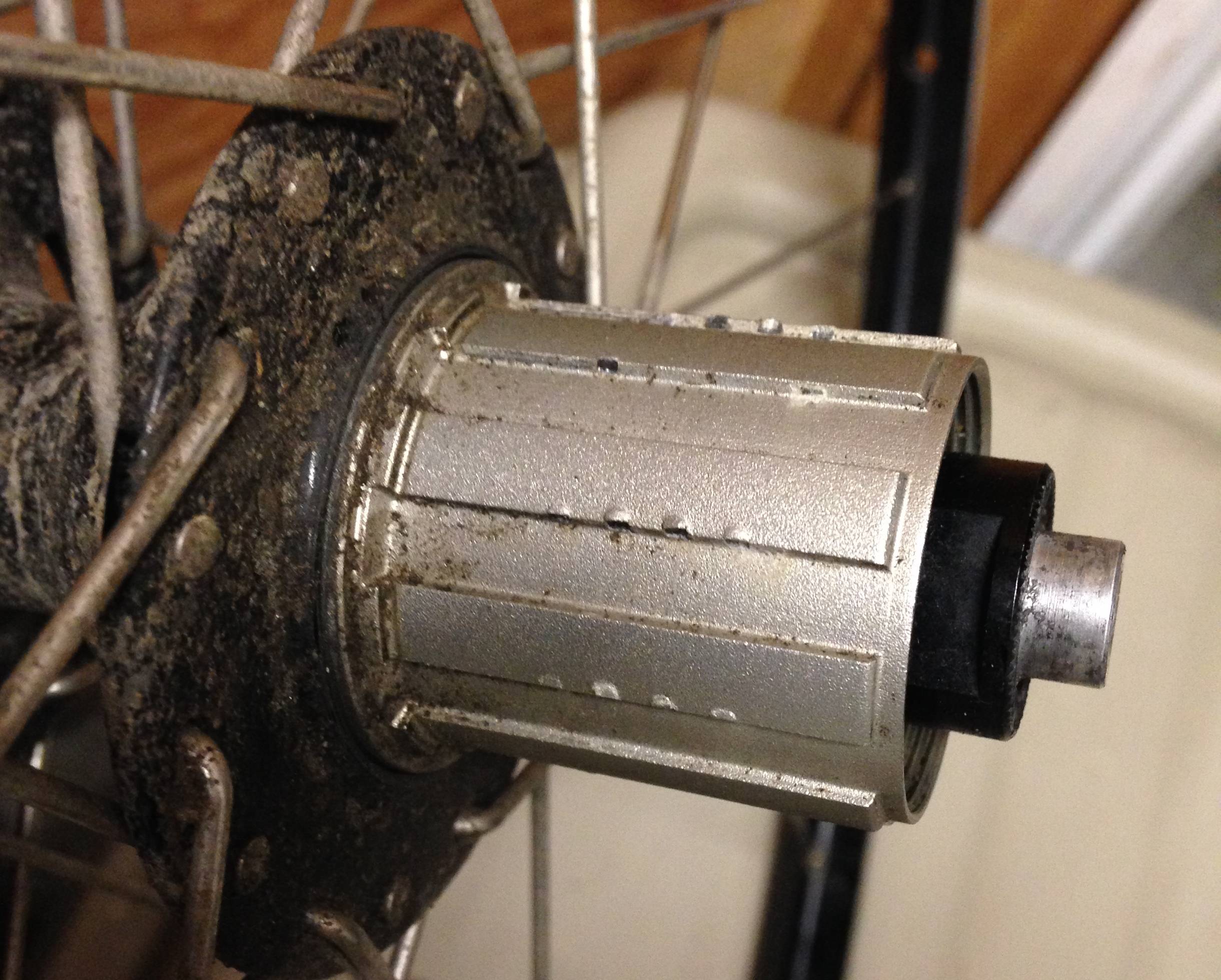This answer consolidates some information in previous answers and adds new information.
The freehub body in the picture is clearly designed for Shimano 10s or 11s cassettes. By my recollection, in its factory wheelsets and its hubs, Shimano tended to specify steel freehub bodies, or titanium ones for Dura Ace or XTR hubs (i.e. the top level items). Steel and titanium are harder than aluminum. I cannot speak to their engineers' intent, but they often make relatively conservative equipment choices. They could have initially intended for all their wheels to have steel or titanium freehubs. For example, Dura Ace has very little carbon or titanium in its construction, whereas SRAM and Campagnolo use carbon in their high-end derailleurs, and Campagnolo makes some cranksets with titanium spindles.
Around the same time, however, I recall that Campagnolo designed deeper splines and aluminum freehub bodies. These freehub bodies were lighter. In my experience, Campagnolo freehubs didn't exhibit scoring even with loose cog cassettes (e.g. Veloce cassettes). In theory, a possible tradeoff is that the deeper splines mean less room for bearings in the freehub body, and smaller bearings might wear out faster. In practice, I am not aware of any problem in this regard.
Wheel manufacturers tried to compete on weight, so they made Shimano freehub bodies in aluminum. Given that the Shimano design has less surface area than the Campagnolo design, scoring on aluminum Shimano freehubs is inevitable. Even cassettes with multiple pinned cogs may score the freehub bodies to some extent, in my experience. Nonetheless, I would expect them to produce less scoring. NB: some cassettes have multiple cogs pinned together, which should increase the amount of contact area between the cogs and the freehub body. 105 have the top 2 or 3 cogs pinned, and Ultegra and Dura Ace have the majority of cogs pinned. Tiagra, contrary to my expectation, appears to have multiple cogs pinned together, whereas older Campagnolo Veloce cassettes were all loose.
Some manufacturers offer steel freehub bodies as alternatives. I recall that Chris King offers an aftermarket steel freehub body, although their hubs come stock with aluminum bodies. All White Industries hubs come stock with titanium freehub bodies. I am not currently aware of other manufacturers. Even if your hub's manufacturer does not offer freehubs in different material, many will make freehubs available as replacement parts. If the freehub is too badly gouged, replacing the freehub is an option.
Another solution is that some manufacturers put a steel plate on their aluminum freehubs. These may include Novatec and Bitex, which are Taiwanese manufacturers that supply many third party wheels. I have one Novatec hub, but I haven't yet had to change my cassette on that hub. However, one person reported that the steel bite guard didn't prevent damage, so this may not be aa foolproof solution.
In addition to Campagnolo hubs, users may want to be aware that SRAM XD drivers are designed to have a one-piece cassette screw onto threads on the driver. XD drivers can accommodate cassettes with 10-tooth starting cogs. This cog size enables 1x (one-by, or single front chainring) drivetrains to have high gears comparable to most double drivetrains. Those should not have scoring issues either. The cog-cog spacing among 11s cassettes is functionally identical between brands, so one could change one's freehub to a different brand and use that brand's cassettes.
For its 12 speed mountain bike groups, Shimano transitioned to a new spline pattern with more and deeper splines. Their road groups are likely to inherit that cassette body when they start going to 12 speed next year. Hopefully, this will eliminate the problem, but we have to wait for more user feedback to know if this is so.




